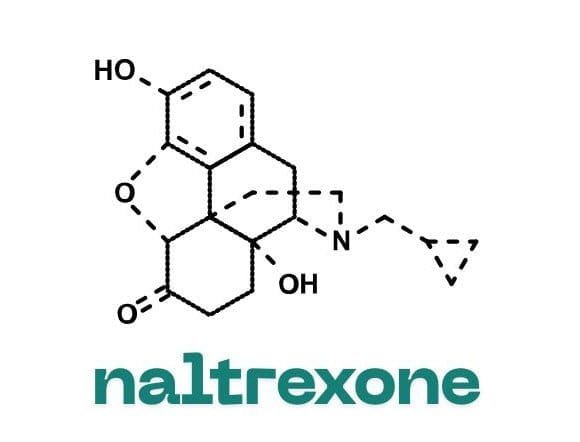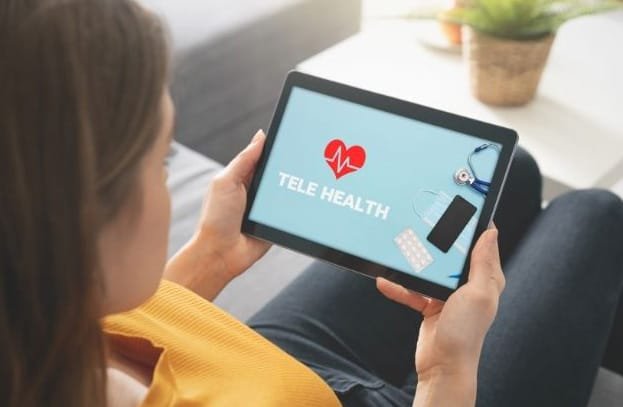The medical landscape is constantly evolving. It is blending innovative applications of older medications with the convenience of modern technology. Low-Dose Naltrexone, or LDN, exemplifies this shift. It is an established drug repurposed for managing a variety of chronic conditions. Paired with the growing accessibility of telehealth, individuals seeking LDN can now access specialized guidance. They also receive ongoing care management from the comfort of their home. This integration enables seamless LDN telehealth consultations, improving access and continuity of care for those suffering from persistent ailments.
What is Low-Dose Naltrexone (LDN)?

Naltrexone itself is not new. It was initially developed in the 1960s and received FDA approval in the 1980s for clinical use in treating alcohol and opioid addictions. However, in recent years, the same drug, when prescribed in significantly smaller doses (often referred to as low or ultra-low doses, sometimes ranging from as low as 0.01 mg up to six or eight milligrams), has been promoted for a wide array of off-label uses.
From Traditional Use to Chronic Wellness
When used in standard doses (50 mg to 100 mg per day), naltrexone acts as an opioid antagonist. LDN therapy, however, utilizes much lower doses, often starting around 1.5 mg taken nightly. This shift in dosage is what makes LDN a safe and inexpensive option healthcare providers explore to treat numerous conditions.
For patients experiencing chronic pain, like those suffering for 90 days or a lifetime, physicians like Neel Mehta, MD, have observed positive outcomes, with some patients reporting greater than 50 percent pain relief, improved sleep, or the ability to return to work.
Proposed Mechanism of Action

While research is ongoing, the mechanism by which LDN works, we believe, links to its effects as an opioid antagonist, specifically at μ opioid receptors.
Here is a simplified overview of the proposed action:
- Temporary Blockage: LDN temporarily binds and blocks the μ receptor, which is associated with pain signaling.
- Endorphin Release: This temporary blockage signals the body that it is not producing enough endorphins—the body’s natural pain relievers—prompting it to release more.
- Anti-inflammatory Effects: Researchers also attribute anti-inflammatory effects additional antagonist effects on toll-like receptor 4 (TLR4), nonopioid receptors found on microglial cells and macrophages.
Conditions LDN May Address

Low-Dose Naltrexone is currently promoted and studied for treating a variety of complex and chronic conditions, often involving pain, inflammation, or immune dysfunction.
Healthcare providers specifically note LDN for its use in managing:
- Chronic Pain: Various types of lingering pain that remain unresolved.
- Fibromyalgia: Chronic widespread pain, tenderness, and fatigue.
- Diabetic Neuropathy: Small placebo-controlled trials suggest LDN efficacy comparable to amitriptyline, but with fewer adverse effects.
- Gastrointestinal Conditions: Pilot randomized controlled trials (RCTs) suggest a benefit for patients dealing with moderate to severe Crohn’s disease.
Healthcare providers also promote LDN for conditions related to inflammation, immune dysfunction, neurological, and psychological conditions, and even cancer. It is important to note that studies regarding LDN are limited, and larger, well-designed clinical trials must precede a broad recommendation for many conditions.
Safe Administration and Considerations
In small studies, LDN patients generally tolerate the drug well. Side effects tend to be mild and may include diarrhea, nausea, stomach pain, altered mood, headache, and joint pain.
Any patient considering LDN must inform their healthcare providers about all supplements and medications they are taking. Standard doses are contraindicated for patients dependent on opioids or receiving opioid analgesics due to the drug’s nature as an opioid antagonist. Additionally, we do not know how LDN may interact with chemotherapy drugs or tamoxifen.
LDN prescriptions often require specialized fulfillment:
- The required ultra-low doses are significantly lower than those in commercial tablets.
- Patients typically must fill their prescriptions at compounding pharmacies, which grind up higher-dose tablets to create the specific low or ultra-low doses needed for treatment.
The Future of LDN Access: Seamless LDN Telehealth Consultation
For patients living with chronic conditions that LDN may treat, ongoing management and follow-up are critical. This necessity aligns perfectly with the proven benefits of virtual care, making the LDN telehealth consultation a vital tool for modern, accessible healthcare delivery.
Overcoming Barriers with Virtual Care

Telehealth is a digital health solution that connects patients and clinicians using real-time audio and video technology. Healthcare providers specifically highlight it for improving chronic disease management, enhancing patient wellness, and ensuring continuity of care.
The use of LDN telehealth consultation offers numerous advantages for patients with chronic pain or mobility issues:
- Improved Access and Equity: Telehealth increases access to care, particularly benefiting underserved, rural, and low-income populations that face transportation challenges or clinician shortages.
- Convenience: Patients save time and money by eliminating the need to travel to a clinic. This is especially helpful for those with mobility barriers.
- Chronic Condition Management: LDN therapy requires careful monitoring and often involves dose adjustments (e.g., from 1.5 mg up to 6 mg). Telehealth provides a convenient avenue for routine check-ins, monitoring symptoms, and virtual consults on medication management or lab results.
The Consultation Process
An effective LDN telehealth consultation typically functions as a follow-up appointment, allowing the physician to manage the ongoing treatment protocol. Telehealth workflows support essential administrative and clinical tasks, ensuring documentation, billing, and prescription ordering are handled efficiently, even when the patient is seen remotely.
For many patients, accessing care for chronic and complex conditions requires routine check-ins and multiple visits to ensure medication compliance. Telehealth supports this model, helping providers maintain a strong patient-clinician relationship and ensuring continuity of care that might otherwise be disrupted.
Prioritizing Accessibility in Chronic Care

LDN represents a promising, if still limitedly studied, option for managing a spectrum of chronic conditions. When we combine it with the power of virtual technology, LDN telehealth consultation serves as an indispensable solution, providing convenient access to the specialized management required for this type of off-label therapy. The ability to consult virtually streamlines medication adjustments, symptom review, and general chronic disease management.
If you are experiencing unresolved chronic symptoms or persistent pain, contact us to determine if LDN is a suitable treatment option and to discuss how an LDN telehealth consultation might fit into your ongoing care plan.
Subscribe to Our Blog
Love what you’re reading? Don’t miss out on the latest insights, tips, and inspiration! Subscribe to our blog and get fresh content delivered straight to your inbox.
📬 Be the first to know.
💡 Gain valuable ideas.
🎉 Join a growing community of informed minds.
Fill out the form, submit, and let’s keep the conversation going.🌟
Read our articles to find out how telehealth can deliver convenient, high-quality care straight to your doorstep:
